Precision Gyroscope Model
1.230,00 TL (Türkçe) KDV dahil
In stock
Description
- Import of our company
- Compatible with the curriculum
- It is a visual educational material used to explain the working principle of gyroscopes used in many guided systems
- Our well-balanced product has adjustable bearings
- Thanks to free-spinning bearings, it can spin for more than two minutes by pulling the accelerator rope
- Circular protection discs on the axis prevent the accelerator rope from getting stuck in the bearings
- Gyroscope mounted on gimbal
- The solid metal rotor weighing 175 grams has a moment of inertia of approximately 2 x 10-5 kgm2
- Available in two pedestal sets
- A 60cm acceleration rope wrapped in a plastic handle is also included in the set
- Product sizes:
– White ring diameter: 8.6cm
– Black ring diameter: 5.5cm
– Diameter of pedestals: 10.5cm
– Acceleration rope: 60cm
- The gyroscope, the main element of the set, is a metal ring with a diameter of 6cm and a thickness of 1cm and is mounted on a steel axis with a diameter of 0.5cm and a length of 7cm. There are holes near the ends of the axis for attaching the acceleration rope. The gyroscope axis is held in two plastic tapered roller bearings screwed into the ring surrounding the gyroscope. Additionally, the set includes two bases with holders that can be used to test the behavior of a gyroscope in rotation. One of the bases allows the gyroscope placed inside it to rotate around a vertical axis, while the other allows it to tilt sideways.
- Application:
- To accelerate the gyroscope, pass 1cm of the rope attached to a plastic handle in the set through one of the holes on the axis of the gyroscope. Turn the gyroscope wheel and wrap the entire rope around the axis. While holding the white ring around the gyroscope in one hand, hold the rope with your other hand and unwind the rope with a determined movement, giving angular acceleration to the gyroscope ring.
- To demonstrate the response of an accelerated gyroscope to external torques, insert the white ring from the metal pins on its sides into the holders on the base. For example, a tilted pedestal can be used to demonstrate the stabilizing effect of a gyroscope. When the gyroscope axis is horizontal (parallel to the axis of rotation when the mount is tilted) nothing can block the tilt. When the gyroscope axis is vertical, any deviation of the base will cause the entire gyroscope to rotate in the opposite direction. This phenomenon is used to reduce fluctuations on ships, for example
Targeted Gains:
- Analyzes the rotational motion of a rigid body under the influence of moment of force.
- Explains the concepts of thrust and momentum.
- Establishes the relationship between thrust and momentum change.
- Questions conservation of momentum by analyzing internal and external forces.
- Analyzes conservation of momentum in one and two dimensions.
- Solves problems related to daily life by associating the conservation of momentum and energy.
- Explains the concept of angular momentum.
- Explains the conservation of angular momentum and gives examples.
- Analyzes the equilibrium state of objects.
- Reveals problem situations from daily life regarding the balance of forces and produces solutions.
- Compares the location of the centers of mass and gravity of objects.
- Explains the functions of simple machines used in daily life.
- Applies equilibrium conditions to simple machines used in daily life and calculates efficiency.
- Designs and builds a simple machine that can solve a problem in daily life.
Order & Discount Info:
- In order to be processed, your order has to be 45TL minimum.
- Shipping is free of charge for the orders 95TL and above.
- Shipping fee shall be 13.50TL for all orders below 95TL.
- 2% discount shall be applied for the orders paid via bank transfer and is 150TL and above.
- Payments can be made by credit card / debit card or money order / EFT.
- Payments made by credit / debit cards are processed by PayTR, a licensed payment institution operating within the framework of Law No. 6493
- Payments can be made in installments by credit card.
- Apart from our site, we also sell our products on n11.com, hepsiburada.com, and gittigidiyor.com. The price differences between the sites are due to the commission rates applied by the relevant platforms, the products shipped and the shipment time are the same.
Order & Discount Info:
- In order to be processed, your order has to be 45TL minimum.
- Shipping is free of charge for the orders 95TL and above.
- Shipping fee shall be 13.50TL for all orders below 95TL.
- 2% discount shall be applied for the orders paid via bank transfer and is 150TL and above.
- Payments can be made by credit card / debit card or money order / EFT.
- Payments made by credit / debit cards are processed by PayTR, a licensed payment institution operating within the framework of Law No. 6493
- Payments can be made in installments by credit card.
- Apart from our site, we also sell our products on n11.com, hepsiburada.com, and gittigidiyor.com. The price differences between the sites are due to the commission rates applied by the relevant platforms, the products shipped and the shipment time are the same.



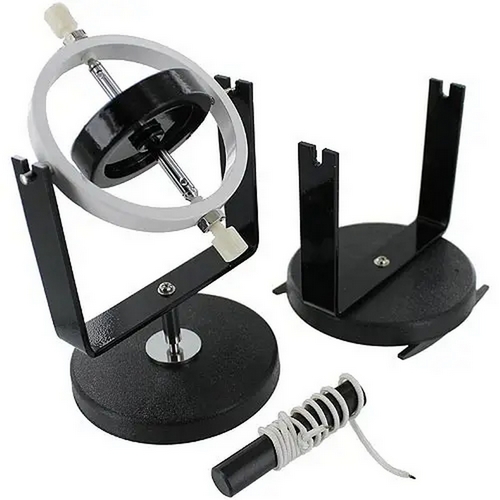
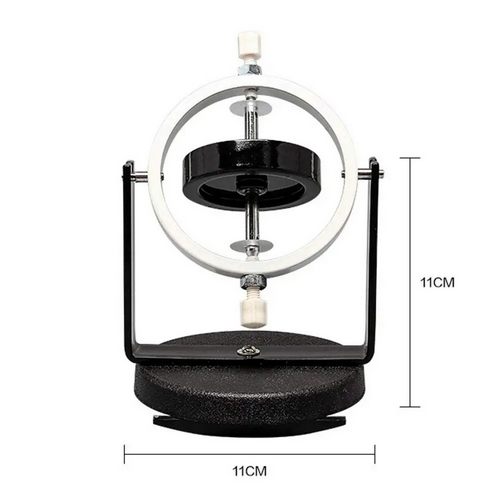
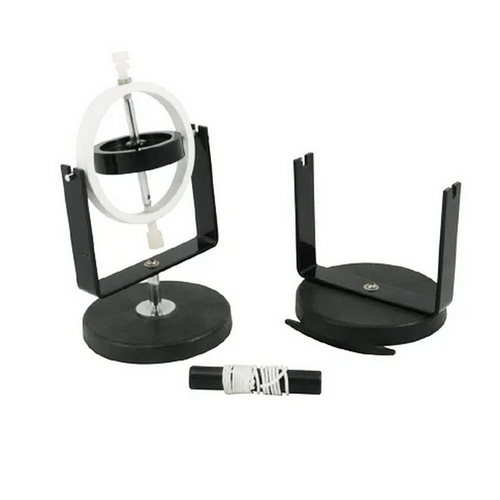
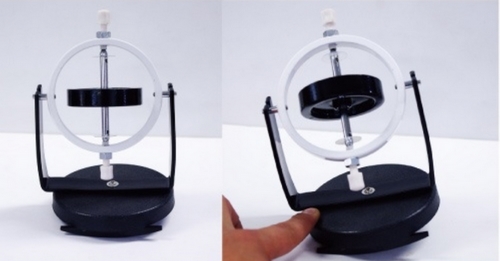
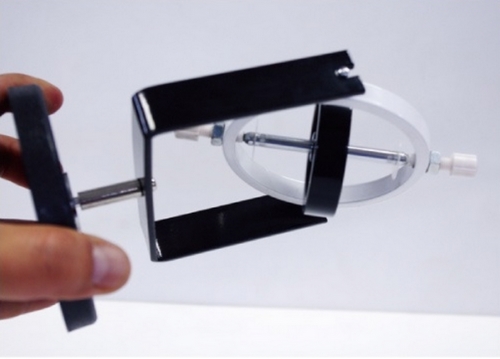
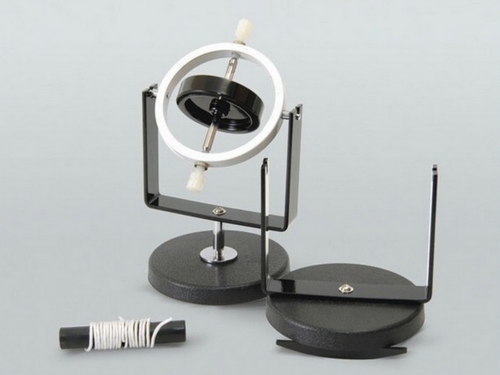

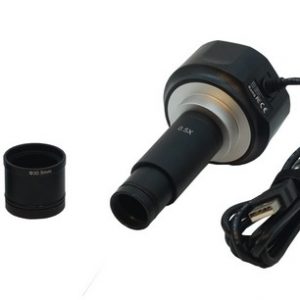
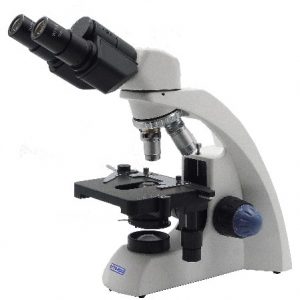


Reviews
There are no reviews yet.